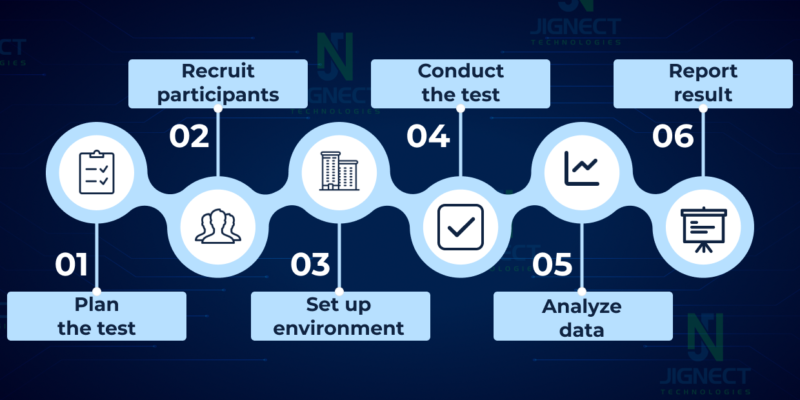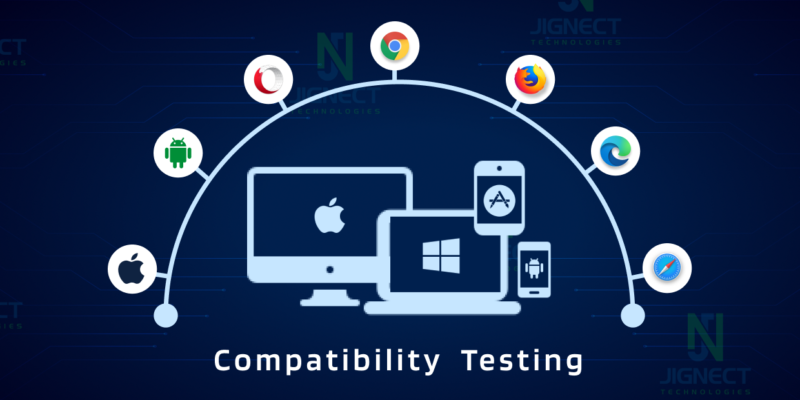Customer :
- Our client is a Netherlands-based company that offers food ordering services to restaurants, cafes, bars, hotels, and retail outlets.
- The client required the development of automated tests including automation framework for their web and mobile applications. The framework should be compatible with various browsers (Chrome and Firefox) and platforms (Android and iOS), and should be able to function in multiple environments. Additionally, the client requested that the test cases be executed daily in a development environment and once a week in a production environment.
- The client has created a mobile application that allows customers to order food from various suppliers such as restaurants, cafés, bars, and hotels. And, they have developed a web-based application for suppliers to customize their digital business and begin accepting orders, all without any commission or hidden fees.
- The client added a scanner to their mobile application, allowing customers to scan a QR code to access the menu and place orders.
- Customers have the option to order online from any location. They can either choose to pick up their order or have it delivered to their address by the supplier.
Challenges :
- The client desired to ensure that their application is error-free and devoid of frequent bugs during the ordering process.
- The client desired to enhance their testing efficiency and reduce manual testing time by automating their QA testing process. Manual testing was causing delays in the release, prompting the need for automation.
- The client had a requirement to develop a test automation framework that could work seamlessly with different browsers like Chrome and Safari, and across various platforms including mobile and web. Additionally, the client wanted to ensure that the automation scripts were robust enough to handle unexpected scenarios like network errors, scanning errors, or payment failures.
- The client desired to ensure the accuracy and reliability of QR code scanning, as well as the precise matching of scanned QR codes with their corresponding menu items.
Solution :

In order to tackle the aforementioned challenges, JigNect’s team developed an automation plan and implemented the following steps.
- Test Framework Selection : JigNect’s team utilized open source tools including selenium, appium, and Java to create an automation framework, aiming to decrease expenses. Team also implemented the Page Object Model (POM) approach and provided configuration support for running the framework on any environment or platform.
- Test Scenarios Identification : A comprehensive list of test scenarios was created, covering all critical functionalities of the online food ordering services. These scenarios included user registration, menu browsing, order placement, payment processing, and order tracking.
- Test Script Development : Test scripts were developed using JAVA, selenium and Appium. The scripts were designed to be reusable, modular, and maintainable.
- Test Execution and Reporting : The test scripts were executed automatically on different platforms and browsers to ensure cross-platform compatibility. Test reports were generated to provide insights into test coverage, pass/fail status, and defect tracking.
- Continuous Integration : Test automation was integrated into the continuous integration process using jenkins pipelines to enable frequent testing and early detection of issues.
- Tools & Technologies :
- Continuous Integration Tool : Jenkins
- Automation : Selenium, Appium with Java
- Defect Tracking : Trello
- Code Repository : GitHub
Benefits :
The online food ordering services experienced the following benefits as a result of implementing UI test automation:
- Improved Quality : Test automation helped in identifying and fixing bugs early in the development cycle, ensuring a high-quality user experience.
- Faster Time-to-Market : Automated testing reduced the time required for manual and regression testing, enabling faster releases and updates.
- Increased Test Coverage : With test automation, it was possible to cover a wide range of test scenarios, ensuring comprehensive testing of the application.
- Enhanced User Experience : By detecting and resolving issues before they reach the end-users, test automation contributed to a seamless and error-free online food ordering experience. The automation scripts ensured that customers could easily place orders without any errors or delays.
- Cost and Effort Savings : Manual testing efforts were significantly reduced, allowing the testing team to focus on more critical tasks. This resulted in cost savings and improved resource utilization.
Conclusion :
The implementation of test automation in the online food ordering services proved to be a successful endeavor. It helped in overcoming challenges, improving quality, and enhancing the overall user experience. Test automation continues to play a crucial role in ensuring the reliability and efficiency of online food ordering services. The client successfully achieved its goals and improved the ordering experience for suppliers and customers by working with JigNect and implementing a reliable automation solution that involved scanning QR codes.
Witness how our meticulous approach and cutting-edge solutions elevated quality and performance to new heights. Begin your journey into the world of software testing excellence. To know more refer to Tools & Technologies & QA Services



